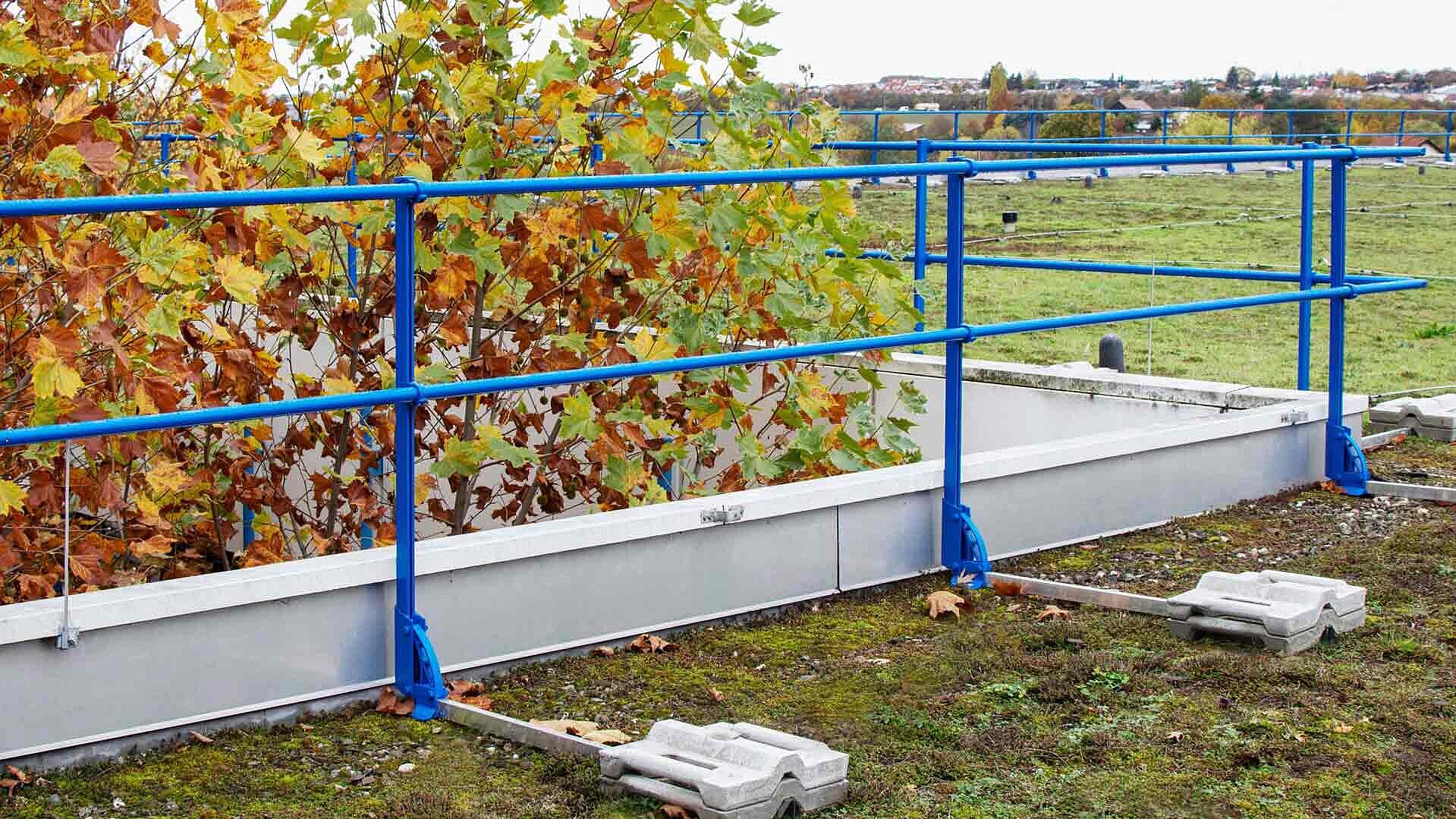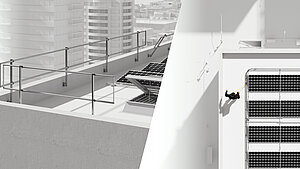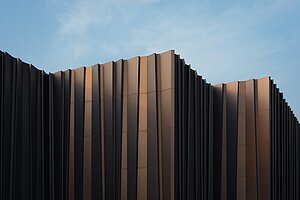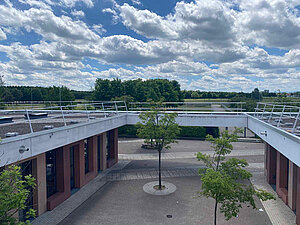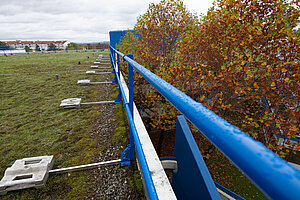Protective railings, also known as guardrail systems, are classified as fall protection systems for multiple users, or in other words as collective protection. They are a form of safety equipment in areas where there is a danger of falling from a height. They prevent people working in fall-risk areas, or present there, from falling over the fall edge.This is why they are an essential preventive measure against life-threatening falls from height.
Definition
The roof railing, or protective railing as we call it in this post, is almost always preferable to an individual protective measure (individual protection) which is used in combination with anti-fall personal protective equipment (anti-fall PPE). However, protective railing may not always be possible, because of circumstances such as the form, type or inclination of the roof, or its statics properties, and therefore individual protection may have to be used after all.
A protective railing provides equal protection against falls to all persons located on the roof. This type of fall prevention is available in different variants and/or configurations, in order to fulfil various requirements, whether visual or technical.
What types of protective railings are there?
The most popular protective railings include knee bar railings, for instance our BARRIER, and also railings with full panels. As is clear from the name, knee bar railing normally consists of a hand rail and a knee bar. This type of railing is installed directly at the fall edge.
Railings with full panels provide a robust barrier, and are often equipped with vertical rods. Our guardrail protection can be adapted to the onsite functional requirements and also, by means of surface anodising, to visual demands. Depending on the circumstances (presence of a parapet, use of green roof as superimposed load, etc.), there are a number of system variants.

BARRIER-VARIO
Guardrail system with weights as superimposed load

BARRIER-ATTIKA
Guardrail system installed on parapet

BARRIER-FLEECE
Guardrail system with green roof as superimposed load
Technical requirements for protective railings
The technical requirements are tightly regulated.
- A standard protective railing must be at least 1 metre in height, and above a certain building height it must be even higher.
- The separation between the individual bars must be no greater than 0.5 metres, in order to prevent people from falling through them.
- In addition, the guardrail must withstand a horizontal load of at least 1 kN/m.
The installation of protective railings requires expertise and precision. During mounting, it must be ensured that the railings are installed solidly, securely, and professionally to the manufacturer’s instructions, in order to ensure maximum safety. Regular servicing and inspection of the guardrails is essential for ensuring their safe functioning.
It can be stated that all falls are preventable through the use of protective railings, because they create a reliable barrier between the fall edge and the people located on the roof. They are an example of the way that well though-out safety solutions save lives. When planning and installing protective railings, the applicable safety standards should always be taken into account.


